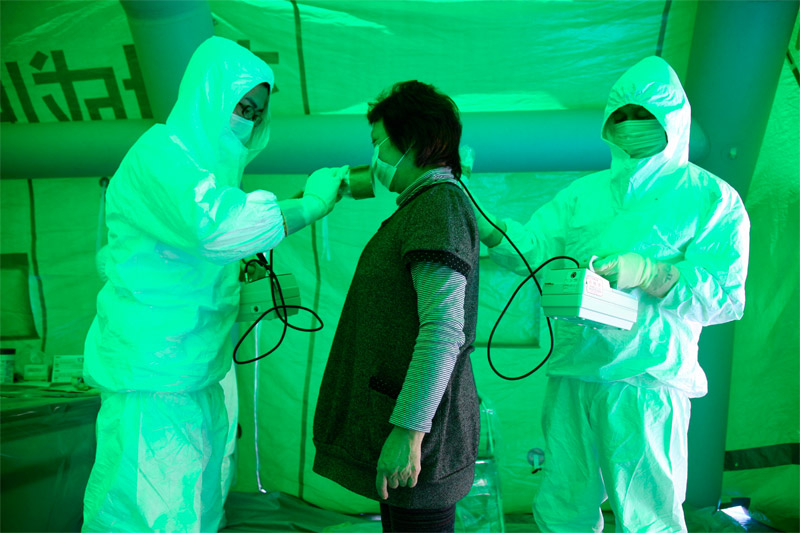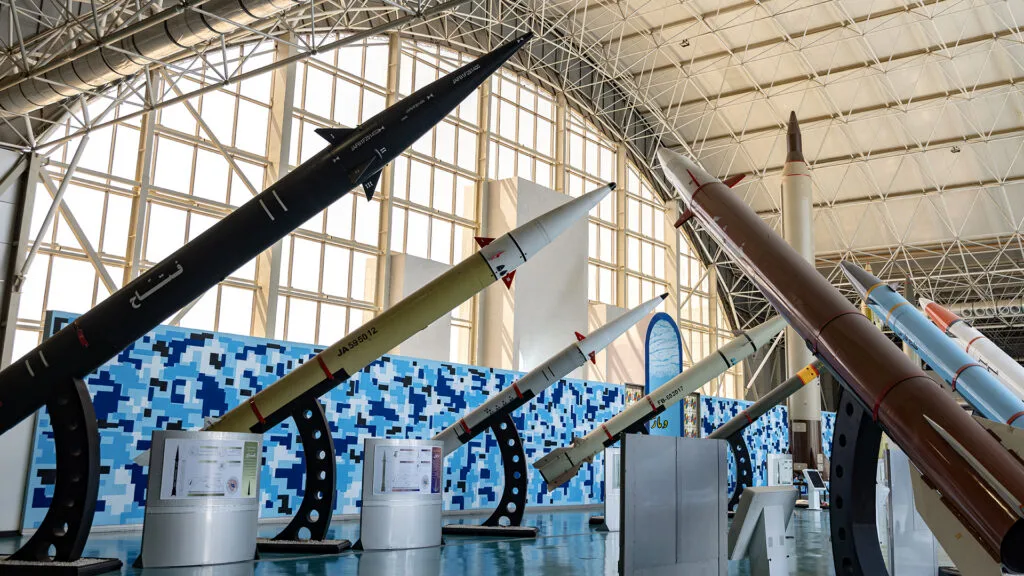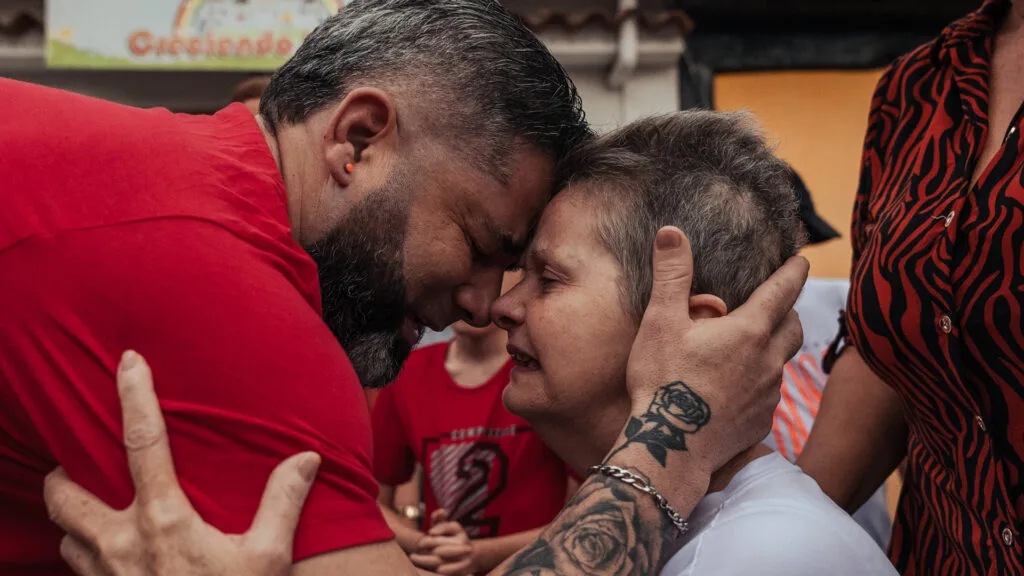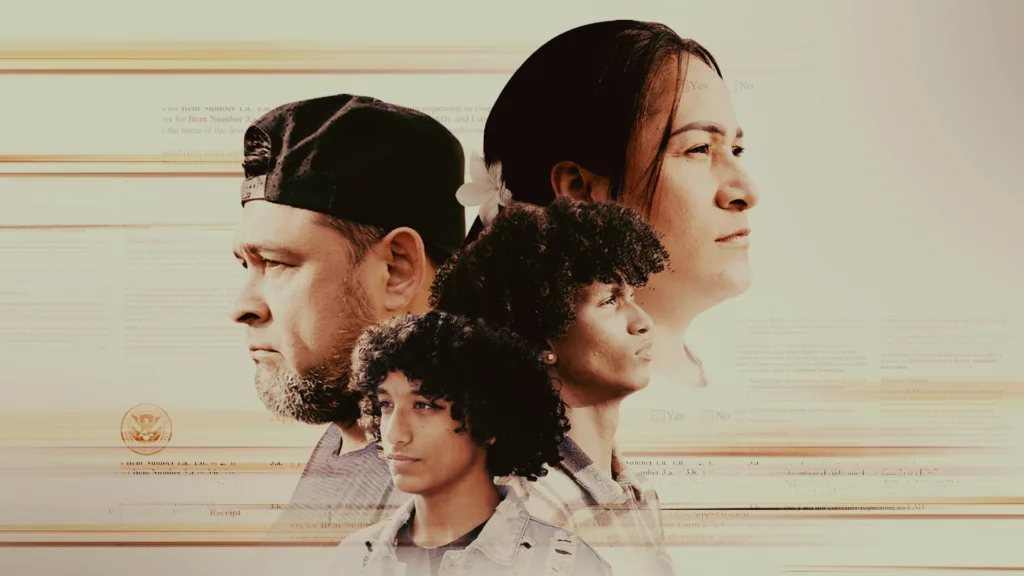Did This Man Predict the Tsunami at Fukushima?
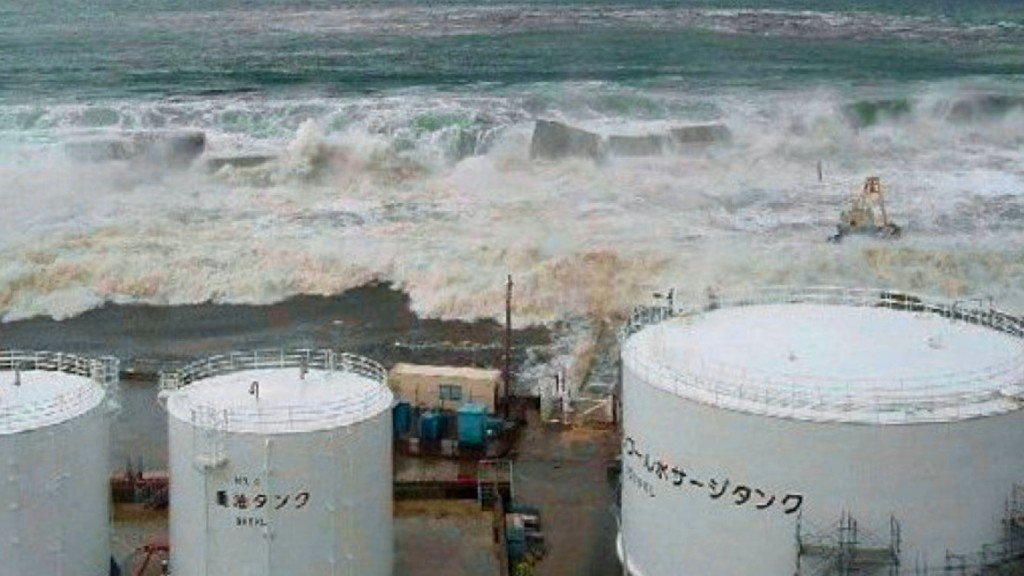
January 17, 2012
Share
You’ve probably never heard of the Jogan event. But according to Japanese paleontologist Koji Minoura, it was an ancient tsunami that devastated northeast Japan in 869 AD, killing more than 1,000 people.
He was tipped off to Jogan from a most unlikely place: a poem.
Minoura researched this event and ones like it for more than 20 years, publishing his findings in major scientific journals. Giant tsunamis occurred in northeast Japan about every thousand years, he warned — meaning the area was overdue for another one prior to the devastating March 2011 wave.
Minoura’s story, as reported by Arun Rath for The World and featured in tonight’s FRONTLINE film Nuclear Aftershocks, is a tale of too little, too late. A spokesman from the Tokyo Electric Power Corporation [TEPCO] told FRONTLINE that the company was aware of Minoura’s work and was in the process of considering plant modifications in case of a massive tsunami.
Then came the March 2011 earthquake, tsunami and subsequent nuclear meltdown at the Fukushima Daiichi plant. Thousands of people were killed and entire communities were evacuated.
Minoura’s work has received a higher profile since the disaster, but he feels like his warnings were ignored: “I regret it, but no one paid attention to my thesis,” he says.
Listen to the full piece from The World below:

Related Documentaries
Latest Documentaries
Related Stories
Related Stories
Explore
Policies
Teacher Center
Funding for FRONTLINE is provided through the support of PBS viewers and by the Corporation for Public Broadcasting, with major support from Ford Foundation. Additional funding is provided the Abrams Foundation, Park Foundation, John D. and Catherine T. MacArthur Foundation, Heising-Simons Foundation, and the FRONTLINE Trust, with major support from Jon and Jo Ann Hagler on behalf of the Jon L. Hagler Foundation, and additional support from Koo and Patricia Yuen. FRONTLINE is a registered trademark of WGBH Educational Foundation. Web Site Copyright ©1995-2025 WGBH Educational Foundation. PBS is a 501(c)(3) not-for-profit organization.
